News
Hydrogen Cars Were Supposed to Be the Future. Now Owners Are Suing Toyota
Several Mirai drivers have found themselves still paying for cars they don’t even drive anymore.
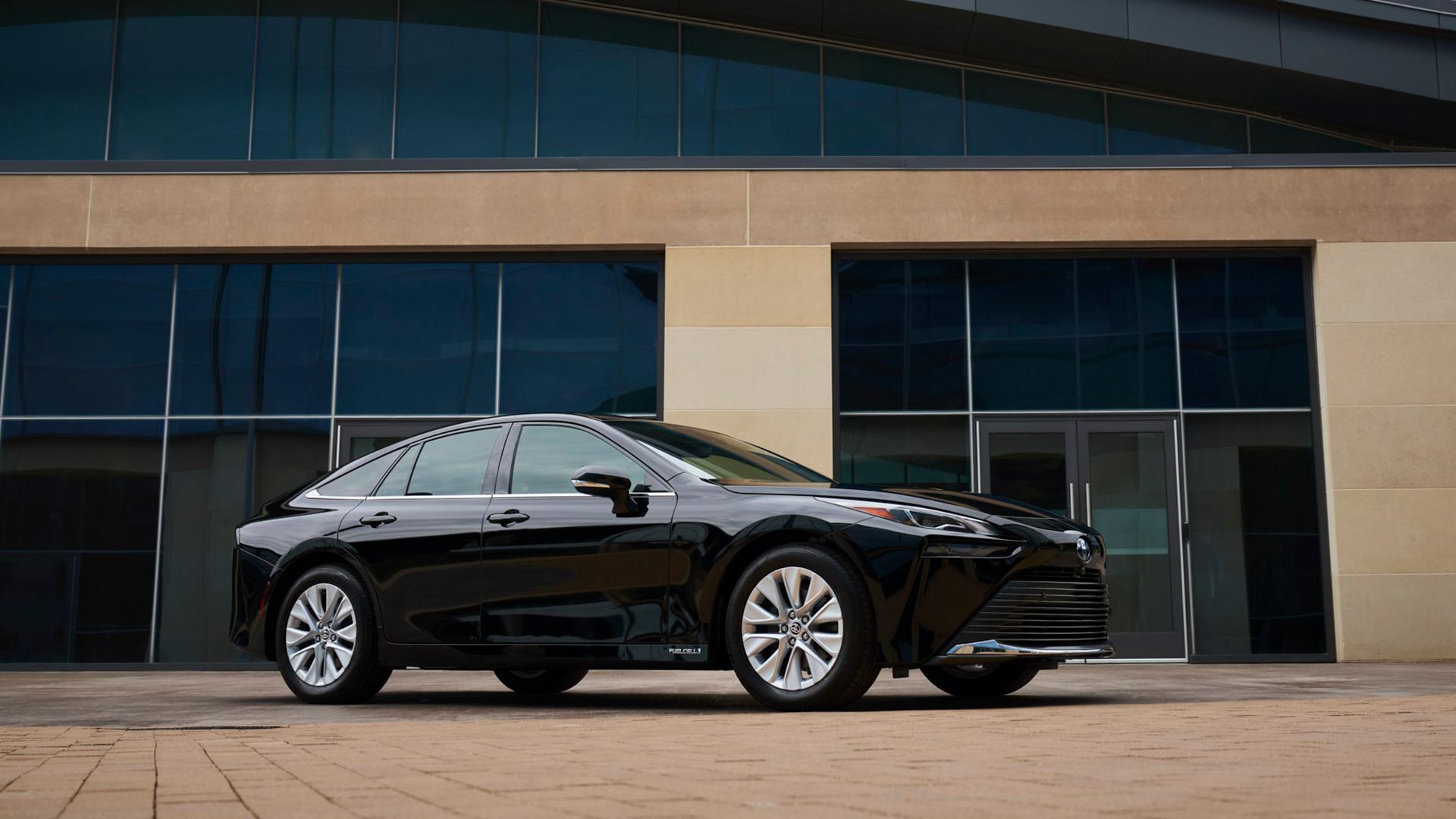
The promise of a hydrogen-fueled future has turned into a nightmare for hundreds of car owners in California. Drivers who purchased Toyota’s flagship fuel cell vehicle, the Mirai, are now suing the automaker and other key players, alleging they were misled about the viability of the hydrogen fueling network. With infrastructure collapsing and hydrogen prices surging, several Mirai drivers have found themselves still paying for cars they don’t even drive anymore.
The legal backlash comes as Toyota and other early champions of hydrogen-powered mobility face growing criticism over whether they pushed a technology too soon into an unprepared market.
A green gamble gone wrong
Sam D’Anna had barely driven his $75,000 Toyota Mirai in July 2022 when he realized something was wrong. His Mirai’s hydrogen tank was nearly empty. A dealership staffer at Roseville Toyota ran over to inform him that the nearest fueling station, in Citrus Heights, was offline. The next closest one was in West Sacramento, nearly 25 miles away. That should not be a problem for the Mirai due to its 402-mile EPA-estimated range, but since the car was almost empty, his range indicator showed only 22 miles.
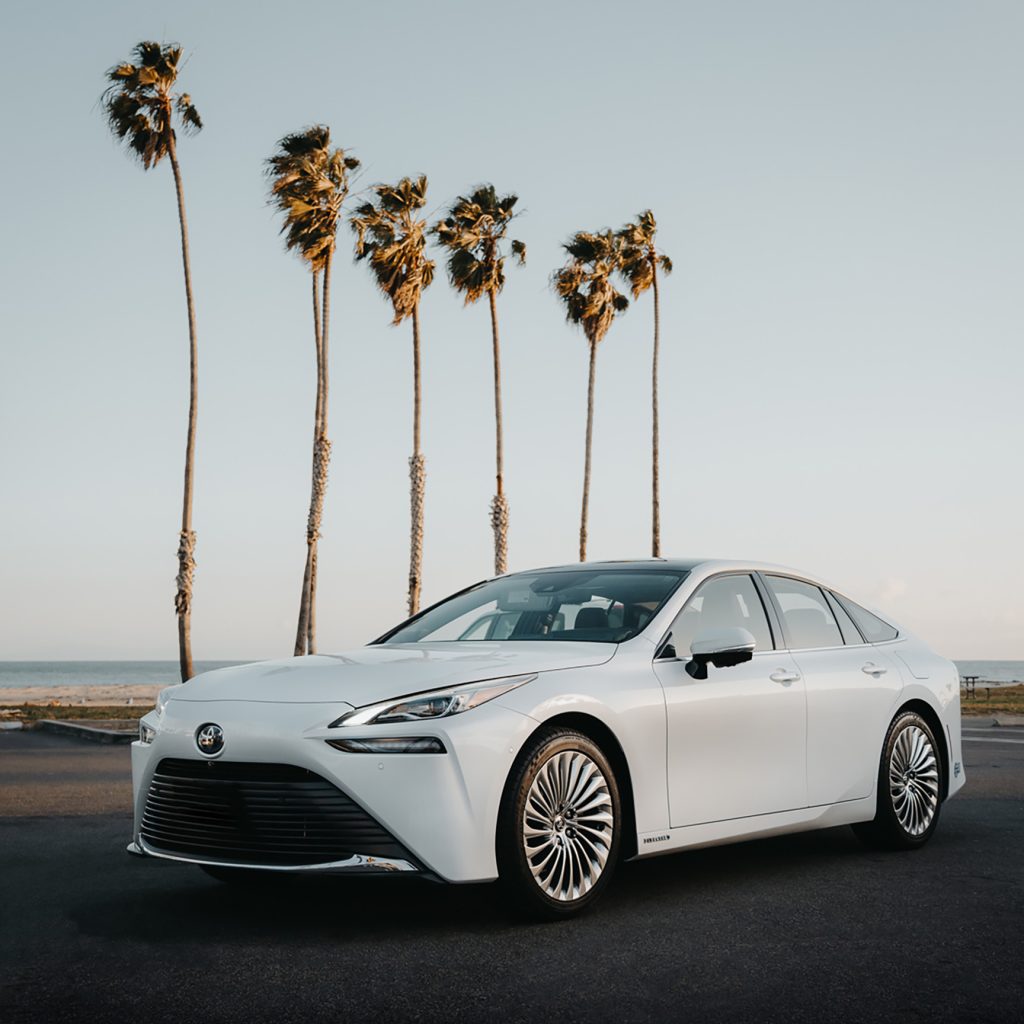
“I’ve already signed,” D’Anna told the Sacramento Bee. He ended up driving off the lot with the air conditioning turned off to conserve fuel. “This is bad. My heart was dropping into my stomach.”
D’Anna is now one of the plaintiffs in a class action lawsuit against Toyota, hydrogen station operator FirstElement Fuel, the Hydrogen Fuel Cell Partnership, and California Governor Gavin Newsom.
The complaint, filed in Los Angeles Superior Court, accuses the defendants of fraud, negligence, and violations of consumer protection laws, among others. It alleges that Toyota knowingly sold vehicles reliant on a fueling ecosystem that was more than subpar, trapping buyers in loans for cars they can barely use.
D’Anna’s Mirai now sits unused under a tarp at his father’s house in El Dorado County. He still pays nearly $1,100 a month on the car, on top of a $1,200 monthly payment for a Ford F-150 hybrid he purchased in 2023 as a replacement.
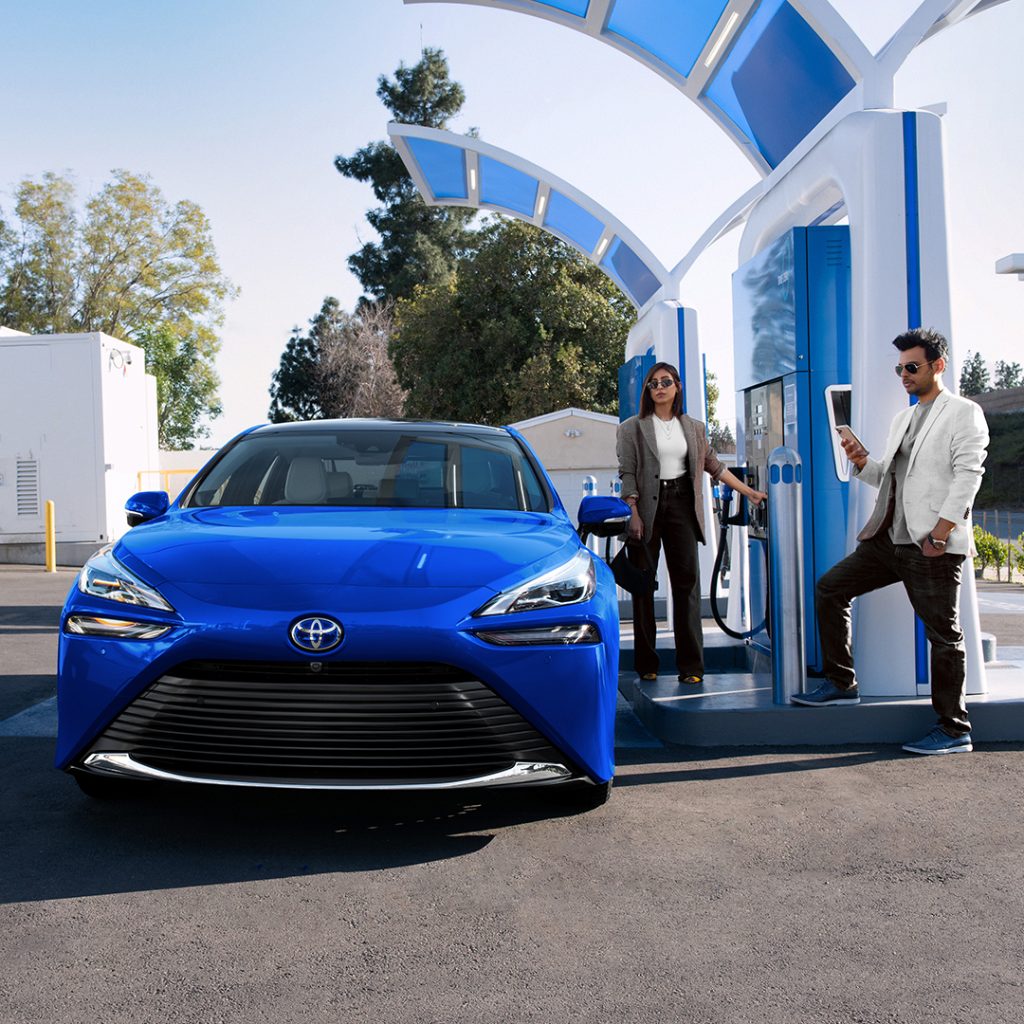
Infrastructure that never materialized
At its peak, California’s hydrogen vision appeared ambitious but achievable. The state pledged tens of millions of dollars to build a network of fueling stations. Automakers like Toyota, Hyundai, and Honda introduced sleek zero-emission vehicles powered by compressed hydrogen gas.
The pitch was compelling. Drivers could refuel in a few minutes and emit only water vapor, a seemingly reasonable if not preferable alternative to electric vehicles, which were still gaining traction.
But the real-world rollout failed to keep pace with the marketing. California currently has about 50 hydrogen fueling stations, as per data from the Hydrogen Fuel Cell Partnership. And in 2024, Shell exited the market and shuttered multiple locations.
Even when hydrogen stations are available, they are often plagued by maintenance issues and inconsistent supply. Hydrogen prices have tripled too, and what once cost $70 to fill now runs closer to $200, the Bee noted.
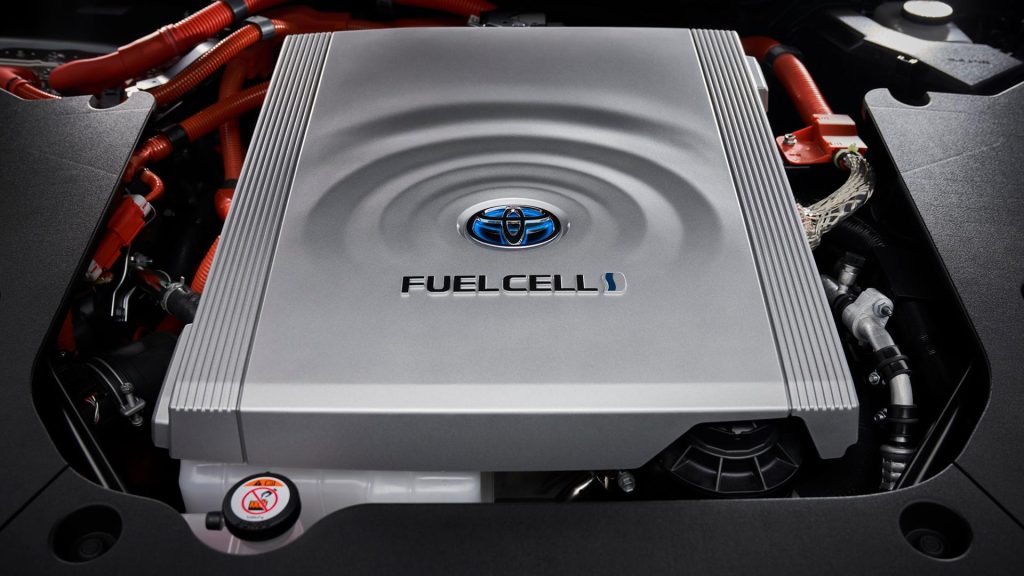
In a statement to Teslarati, Patrick Peterson, auto expert at GoodCar.com, said, “Toyota and Hyundai were among the first to push hydrogen forward, and their vehicles are genuinely impressive. But the issue isn’t the tech, it’s everything around it. The infrastructure just isn’t ready. Most drivers aren’t willing to gamble on whether they’ll find a working hydrogen station or deal with issues like frozen fuel nozzles.”
Peterson said hydrogen’s biggest flaw is its lack of consistency. “EVs, for all their early bumps, have earned consumer trust. You’ve got widespread charging access, predictable performance, and fewer question marks. Hydrogen hasn’t hit that point yet. One bad fill-up can sour someone’s view of the entire platform.”
The price of faith in an idea
Ricky Yap of West Sacramento bought his 2016 Toyota Mirai in 2020 from Roseville Toyota. The vehicle, priced at $16,000, came with a prepaid fuel card worth the same amount. Initially, the fueling experience was “a bit cumbersome and confusing but not so bad,” Yap told the Bee. Then things got a lot worse.
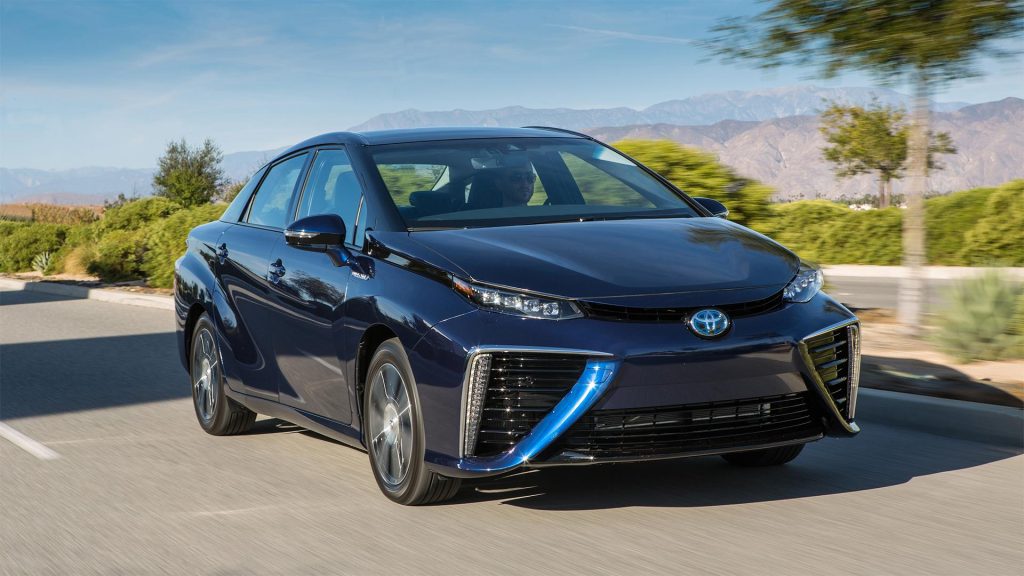
Shell’s closure of hydrogen stations led to long lines at the only remaining site in Sacramento. Hydrogen prices soared, and fueling, thanks to long lines at the station, ended up taking as long as four hours. Yap eventually stopped using the car altogether. He canceled the insurance and registered it as a non-operational vehicle.
“I used it very seldom just because of the fact I don’t like the stress,” he said. “I don’t want to pay insurance on a car that I can’t use every day.”
The lawsuit claims that Toyota and its partners misled consumers about the viability of the hydrogen ecosystem. Many owners were driven by environmental motivations, enticed by generous incentives and Toyota’s reputation. But the resale value of hydrogen cars has collapsed.
One plaintiff, Parita Shah, a physician assistant from Sacramento County, told the Bee that her dealership offered her only $2,000 for her $36,000 Mirai after stations near her home shut down just months after purchase.
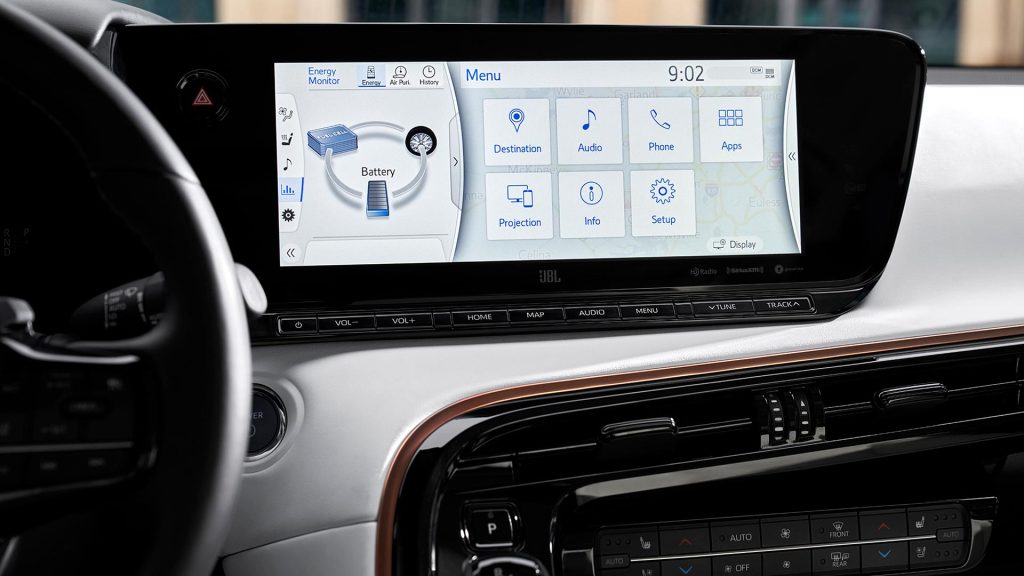
Consumers’ legal action turns up the pressure
In July 2025, frustrated Mirai owners organized a demonstration in Los Angeles to draw attention to what they called a broken promise. Protesters held signs reading “Mirai is a Lie,” “Toyota Made a Big Mistake,” and “Mirai Left Me Dry.”
Jason Ingber, attorney for D’Anna, Yap, and several other Mirai owners, spoke at the event. He accused the automaker of knowingly selling a product into a failing infrastructure.
“These are brands they thought they could rely on, and they go in, and they’re told ‘This is the next best thing!’ and it turns out, it’s not,” Ingber told KTLA 5.
Ingber also shared a comment to Teslarati: “Toyota is still selling this car. It makes no damn sense. No fuel for drivers. The car doesn’t work as advertised,” he said.
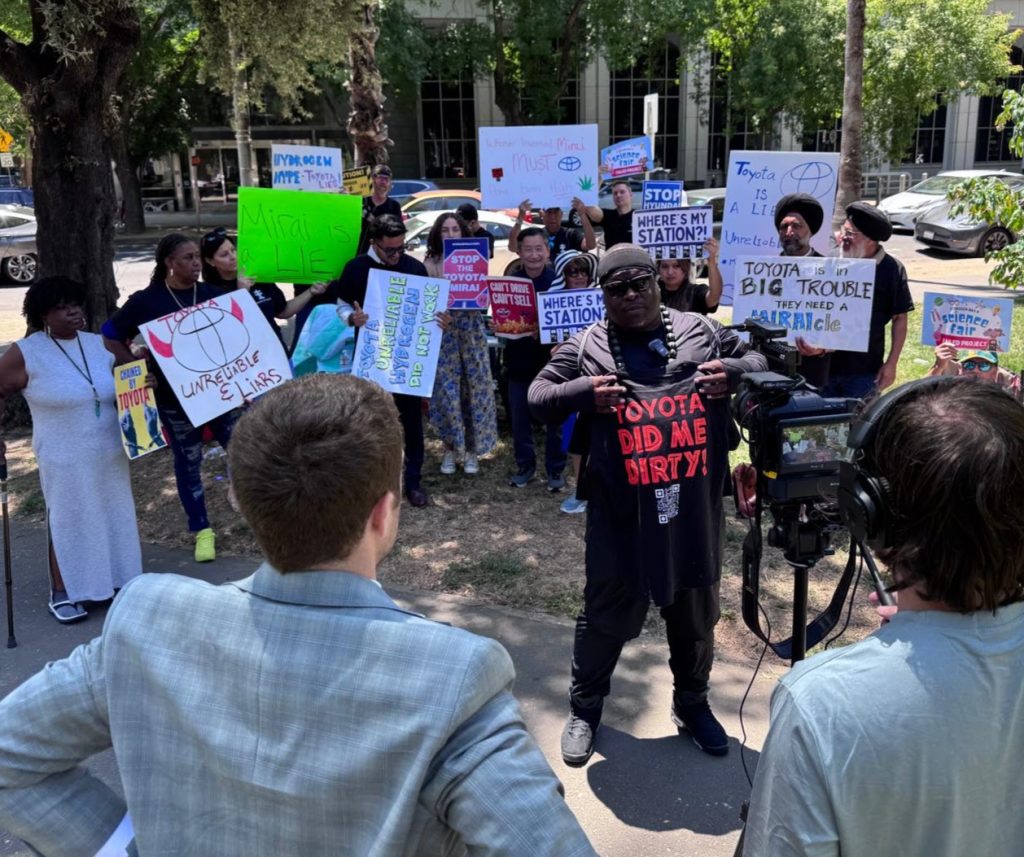
Automakers offer limited relief
Toyota has acknowledged the fueling issues and confirmed that it stopped selling new Mirais in the Sacramento area over a year ago. In a statement to the Bee, the company said it is “working with affected Mirai customers to identify ways to help them on a case-by-case basis.”
Rental cars and service credits are among the remedies offered, but plaintiffs argued that these are not sustainable solutions. Shah stated that the rental process is quite cumbersome. In her case, she has been relying on a series of short-term rental cars provided by Toyota, which she must exchange every 25 days. She continues to make $326 monthly payments on he Mirai, which she cannot use.
Hyundai, whose Nexo SUV also relies on hydrogen fuel, has offered similar 21-day rental options. The company also issued a recall for about 1,600 Nexo SUVs in late 2024 due to possible hydrogen leaks and potential fires, warning owners to park their cars outside until repairs were made.
A shrinking market
Since 2012, just under 18,000 hydrogen-powered vehicles have been sold in California. Toyota accounts for the vast majority of them, but the pace of adoption has slowed dramatically. For comparison, California now has millions of battery electric and hybrid vehicles on the road.
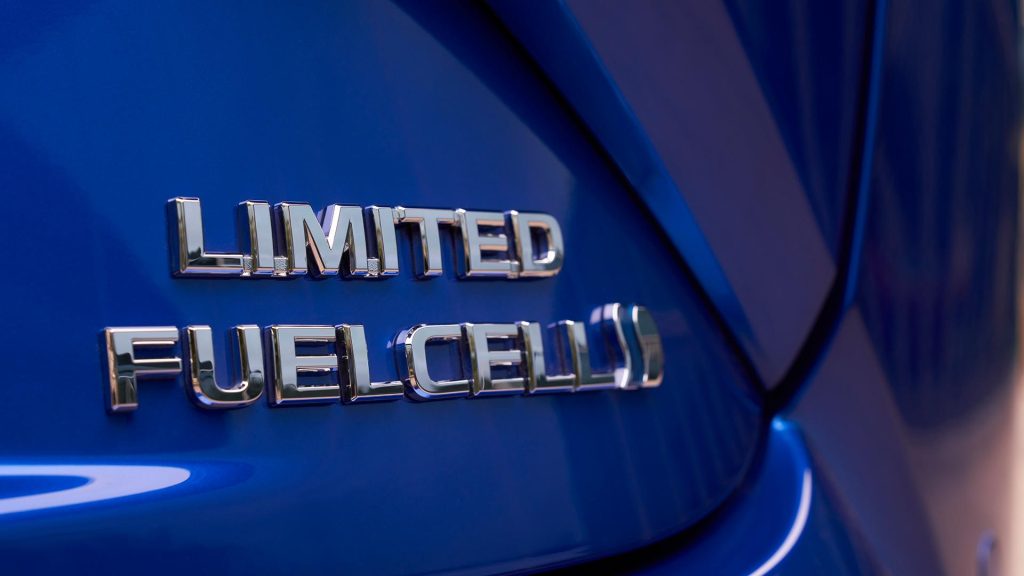
Policies have also seen a notable shift. California initially committed about $20 million annually to develop hydrogen fueling infrastructure. That number has since dropped to $15 million, and it’s no longer limited to light-duty stations.
Josh Newman, a former state senator and current Mirai owner, told the Bee that government support has fallen short. “I blame the state. We were supposed to have 200 stations up and running for light-duty hydrogen vehicles by 2025,” he said.
In a statement to Teslarati, Alex Black, Chief Marketing Officer at EpicVIN, said the problem now extends beyond infrastructure. “Yes, hydrogen cars do have an image problem right now,” he said.
“Many just do not have confidence in the technology, largely because they have not seen very many out there, there are not many places to fill them up, and have heard about previous recall problems or problems. That tends to stick with them.”
Black added that public sentiment plays a powerful role. “When public sentiment turns, all activity comes to an end: reduced demand, reduced investment, and fewer stations are built. It’s a vicious circle.”
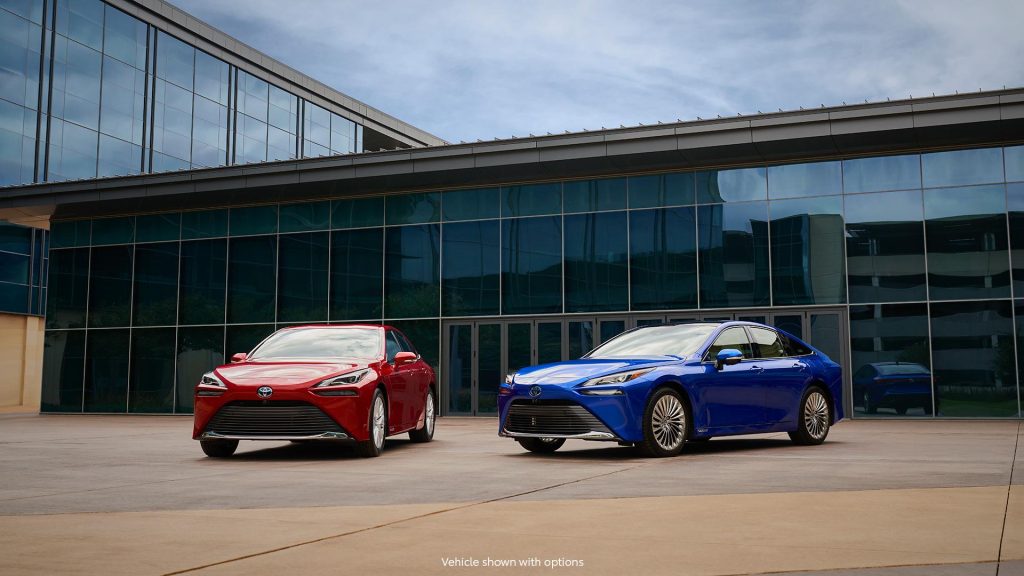
A clean tech cautionary tale
Toyota’s investment in hydrogen was bold and well-intentioned. The technology offers apparent advantages, especially for long-haul or commercial use cases where quick refueling and long range are critical. But for personal mobility, hydrogen’s future remains uncertain, if not questionable, today.
The technology may still find its place in transportation. But for now, at least, consumer trust in hydrogen vehicles has been undermined, and infrastructure is still unreliable for those who have opted to become early adopters of the technology. For those who bought into the vision early, the experience has turned into a cautionary tale.
“People want something they can rely upon,” said Black in his statement to Teslarati. “And they want it to be easy. Hydrogen is not quite there yet.”
For Mirai owners still making monthly payments on cars they cannot drive, the idea of a hydrogen powered future is very sobering.

News
Tesla adds new feature that will be great for crowded parking situations
This is the most recent iteration of the app and was priming owners for the slowly-released Holiday Update.
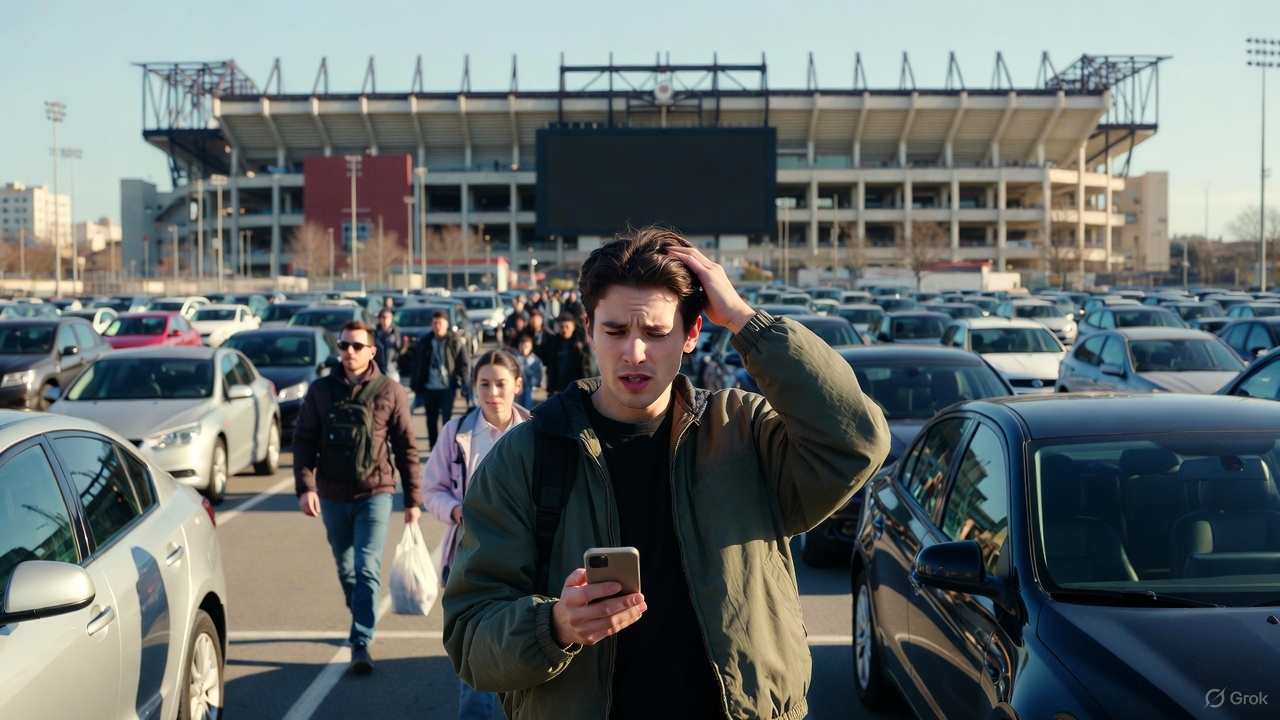
Tesla has added a new feature that will be great for crowded parking lots, congested parking garages, or other confusing times when you cannot seem to pinpoint where your car went.
Tesla has added a new Vehicle Locator feature to the Tesla App with App Update v4.51.5.
This is the most recent iteration of the app and was priming owners for the slowly-released Holiday Update.
While there are several new features, which we will reveal later in this article, perhaps one of the coolest is that of the Vehicle Locator, which will now point you in the direction of your car using a directional arrow on the home screen. This is similar to what Apple uses to find devices:
Interesting. The location arrow in the Tesla app now points to your car when you’re nearby. pic.twitter.com/b0yjmwwzxN
— Whole Mars Catalog (@wholemars) December 7, 2025
In real time, the arrow gives an accurate depiction of which direction you should walk in to find your car. This seems extremely helpful in large parking lots or unfamiliar shopping centers.
Getting to your car after a sporting event is an event all in itself; this feature will undoubtedly help with it:
The nice little touch that Tesla have put in the app – continuous tracking of your vehicle location relative to you.
There’s people reporting dizziness testing this.
To those I say… try spinning your phone instead. 😉 pic.twitter.com/BAYmJ3mzzD
— Some UK Tesla Guy (UnSupervised…) (@SomeUKTeslaGuy) December 8, 2025
Tesla’s previous app versions revealed the address at which you could locate your car, which was great if you parked on the street in a city setting. It was also possible to use the map within the app to locate your car.
However, this new feature gives a more definitive location for your car and helps with the navigation to it, instead of potentially walking randomly.
It also reveals the distance you are from your car, which is a big plus.
Along with this new addition, Tesla added Photobooth features, Dog Mode Live Activity, Custom Wraps and Tints for Colorizer, and Dashcam Clip details.
🚨 Tesla App v4.51.5 looks to be preparing for the Holiday Update pic.twitter.com/ztts8poV82
— TESLARATI (@Teslarati) December 8, 2025
All in all, this App update was pretty robust.
Elon Musk
Tesla CEO Elon Musk shades Waymo: ‘Never really had a chance’
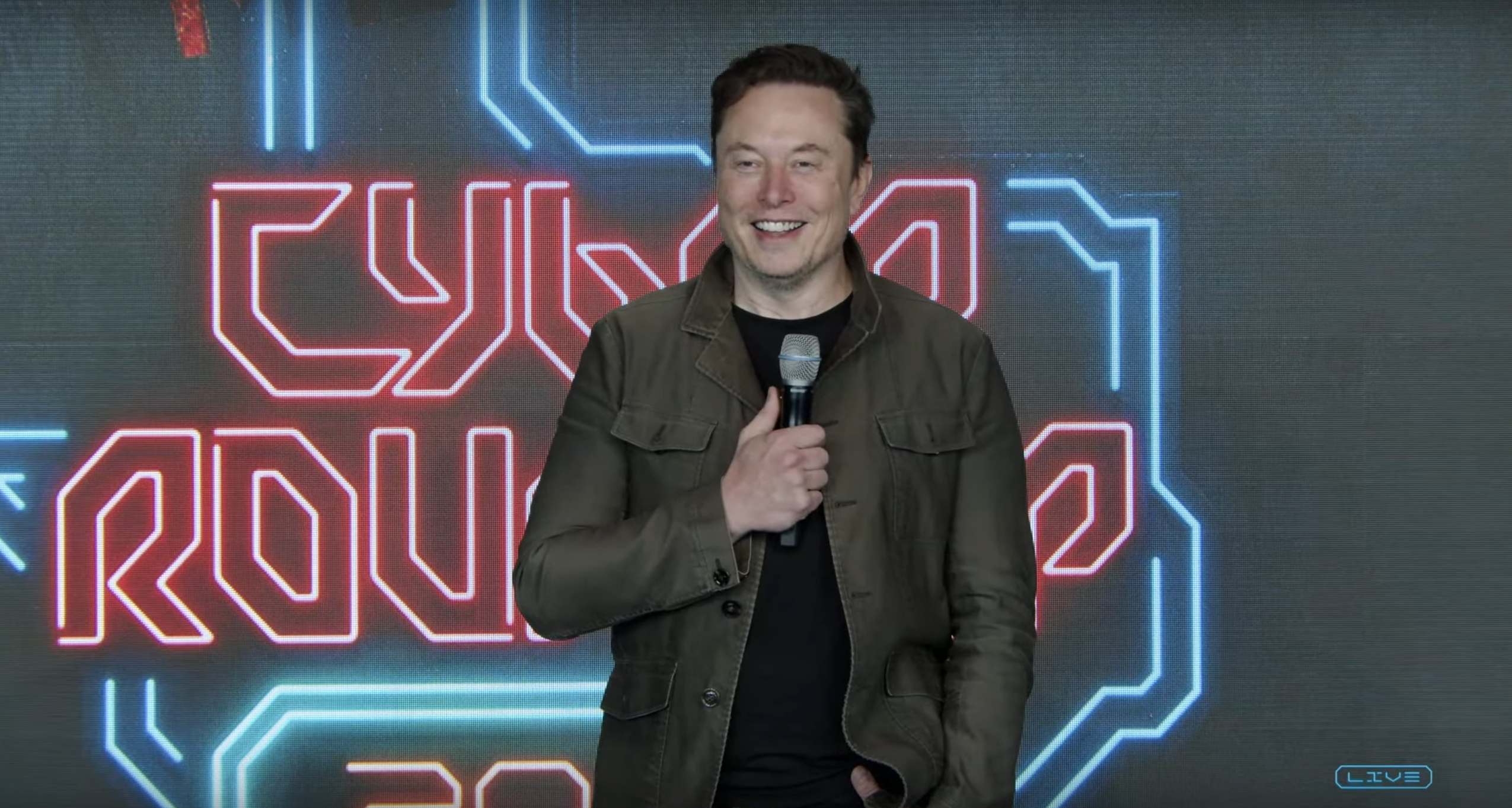
Tesla CEO Elon Musk shaded Waymo in a post on X on Wednesday, stating the company “never really had a chance” and that it “will be obvious in hindsight.”
Tesla and Waymo are the two primary contributors to the self-driving efforts in the United States, with both operating driverless ride-hailing services in the country. Tesla does have a Safety Monitor present in its vehicles in Austin, Texas, and someone in the driver’s seat in its Bay Area operation.
Musk says the Austin operation will be completely void of any Safety Monitors by the end of the year.
🚨 Tesla vs. Waymo Geofence in Austin https://t.co/A6ffPtp5xv pic.twitter.com/mrnL0YNSn4
— TESLARATI (@Teslarati) December 10, 2025
With the two companies being the main members of the driverless movement in the U.S., there is certainly a rivalry. The two have sparred back and forth with their geofences, or service areas, in both Austin and the Bay Area.
While that is a metric for comparison now, ultimately, it will not matter in the coming years, as the two companies will likely operate in a similar fashion.
Waymo has geared its business toward larger cities, and Tesla has said that its self-driving efforts will expand to every single one of its vehicles in any location globally. This is where the true difference between the two lies, along with the fact that Tesla uses its own vehicles, while Waymo has several models in its lineup from different manufacturers.
The two also have different ideas on how to solve self-driving, as Tesla uses a vision-only approach. Waymo relies on several things, including LiDAR, which Musk once called “a fool’s errand.”
This is where Tesla sets itself apart from the competition, and Musk highlighted the company’s position against Waymo.
Jeff Dean, the Chief Scientist for Google DeepMind, said on X:
“I don’t think Tesla has anywhere near the volume of rider-only autonomous miles that Waymo has (96M for Waymo, as of today). The safety data is quite compelling for Waymo, as well.”
Musk replied:
“Waymo never really had a chance against Tesla. This will be obvious in hindsight.”
Waymo never really had a chance against Tesla. This will be obvious in hindsight.
— Elon Musk (@elonmusk) December 10, 2025
Tesla stands to have a much larger fleet of vehicles in the coming years if it chooses to activate Robotaxi services with all passenger vehicles. A simple Over-the-Air update will activate this capability, while Waymo would likely be confined to the vehicles it commissions as Robotaxis.
News
Tesla supplier Samsung preps for AI5 production with latest move
According to a new report from Sedaily, Samsung is accelerating its preparation for U.S. production of the AI5 chips by hiring veteran engineers for its Customer Engineering team.

Tesla supplier Samsung is preparing to manufacture the AI5 chip, which will launch the company’s self-driving efforts even further, with its latest move.
According to a new report from Sedaily, Samsung is accelerating its preparation for U.S. production of the AI5 chips by hiring veteran engineers for its Customer Engineering team, which will help resolve complex foundry challenges, stabilize production and yields, and ensure manufacturing goes smoothly for the new project.
The hiring push signals that Tesla’s AI5 project is moving forward quickly at Samsung, which was one of two suppliers to win a contract order from the world’s leading EV maker.
🚨🚨 FIRST LOOK at Tesla’s AI5 chip, which will be available in late 2026 or early 2027 pic.twitter.com/aLomUuifhT
— TESLARATI (@Teslarati) November 6, 2025
TSMC is the other. TSMC is using its 3nm process, reportedly, while Samsung will do a 2nm as a litmus test for the process.
The different versions are due to the fact that “they translate designs to physical form differently,” CEO Elon Musk said recently. The goal is for the two to operate identically, obviously, which is a challenge.
Some might remember Apple’s A9 “Chipgate” saga, which found that the chips differed in performance because of different manufacturers.
The AI5 chip is Tesla’s next-generation hardware chip for its self-driving program, but it will also contribute to the Optimus program and other AI-driven features in both vehicles and other projects. Currently, Tesla utilizes AI4, formerly known as HW4 or Hardware 4, in its vehicles.
Tesla teases new AI5 chip that will revolutionize self-driving
AI5 is specialized for use by Tesla as it will work in conjunction with the company’s Neural Networks, focusing on real-time inference to make safe and logical decisions during operation.
Musk said it was an “amazing design” and an “immense jump” from Tesla’s current AI4 chip. It will be roughly 40 times faster, and have 8 times the raw compute, with 9 times the memory capacity. It is also expected to be three times as efficient per watt as AI4.
“We’re going to focus TSMC and Samsung, initially, on AI5. The AI5 chip, design by Tesla, it’s an amazing design. I’ve spent almost every weekend for the last few months with the chip team working on AI5.”
It will be 40x better than the AI4 chip, Musk says.
— TESLARATI (@Teslarati) October 22, 2025
AI5 will make its way into “maybe a small number of units” next year, Musk confirmed. However, it will not make its way to high-volume production until 2027. AI5 is not the last step, either, as Musk has already confirmed AI6 would likely enter production in mid-2028.








